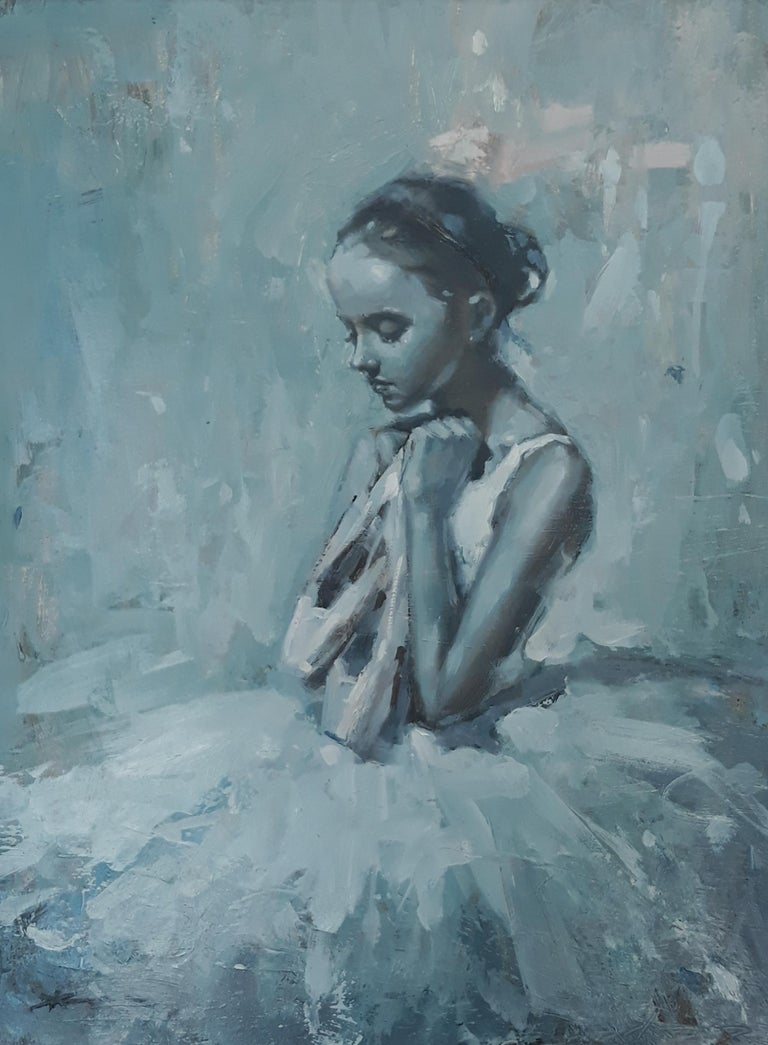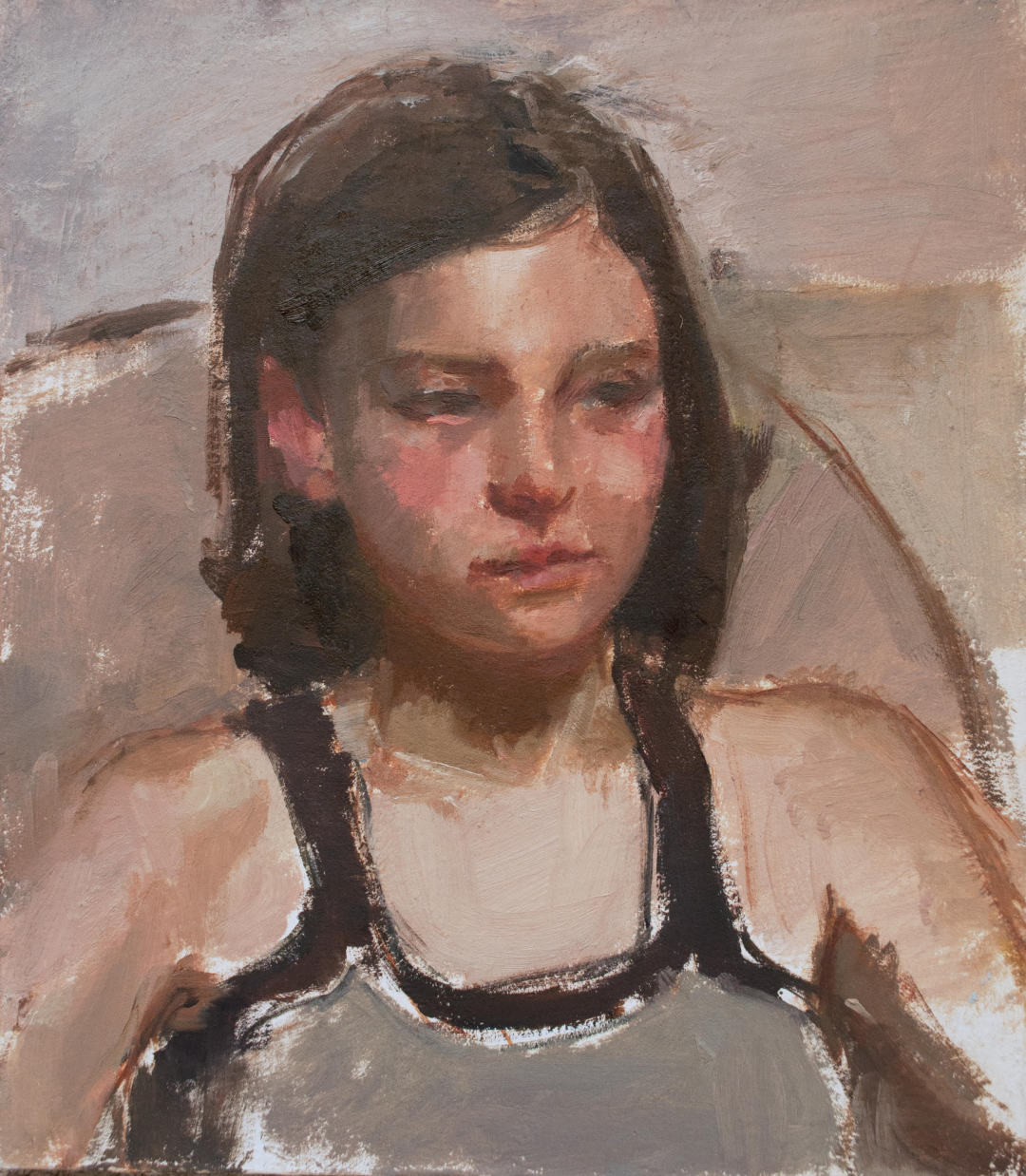Introducing the Tricks Behind Expressive Figurative Oil Painting Styles
Introducing the Tricks Behind Expressive Figurative Oil Painting Styles
Blog Article
The Evolution of Metaphorical Oil Paint: Understanding Its Historical Importance and Modern Interpretations
The development of metaphorical oil painting serves as an engaging lens via which to take a look at the interaction between imaginative expression and historic context. Contemporary musicians, attracting from this abundant heritage, are now reinterpreting the human figure in means that test traditional narratives.
Origins of Figurative Oil Painting
The beginnings of metaphorical oil painting can be mapped back to the early Renaissance in Europe, specifically in the 15th century. This duration marked a substantial departure from the inflexible types and level depictions particular of middle ages art. Musicians started to explore naturalism, emphasizing the human number and its psychological expression. The advancement of oil paint enabled higher depth of shade and information, boosting the realism and vibrancy of their work.

In this transformative age, figures were commonly shown within contextually rich settings, showcasing not just their physical qualities however additionally their emotional states. Leaders such as Jan van Eyck and Titian used the tool's flexibility, employing layering methods to achieve luminance and appearance. This technology facilitated the representation of detailed fabrics and the nuances of skin tones, adding to the development of portrait and narrative scenes.
Furthermore, the Renaissance emphasis on humanism promoted a gratitude for uniqueness, which consequently influenced musicians to produce more dynamic and relatable numbers - figurative oil painting. Because of this, metaphorical oil paint became an effective automobile for storytelling and emotional involvement, laying the groundwork for future imaginative movements and designs
Trick Historical Movements
Significant historical movements have actually shaped the advancement of metaphorical oil paint, each contributing special approaches and strategies that broadened the tool's opportunities. The Renaissance marked a zero hour, stressing realistic look and the human form, with artists like Leonardo da Vinci and Michelangelo pressing the limits of physiological precision and perspective. Following this, the Baroque era brought dramatic contrasts of light and darkness, exhibited by Caravaggio, who instilled religious styles with extreme emotionality.
The 19th century presented Romanticism and Realistic look, where musicians such as Delacroix and Courbet challenged timeless perfects, focusing on specific expression and day-to-day life. The arrival of Impressionism additionally reinvented the medium by emphasizing the impacts of light and color, resulting in a separation from traditional depiction.
In the very early 20th century, movements like Expressionism and Cubism redefined metaphorical painting with abstraction and the expedition of emotional depth. Each of these movements not only showed the societal changes of their times but likewise prepared for contemporary analyses. The interaction between these historical movements has actually produced an abundant tapestry of designs and viewpoints, influencing contemporary musicians in their quest of catching the human experience on canvas.
Methods and Products Evolution

Throughout the Baroque duration, methods such as chiaroscuro and sfumato arised, enhancing the emotional vibration of figurative compositions. Musicians started to experiment with glazes and impasto, adjusting texture and luminosity. By the 19th century, advancements like the use of pre-mixed paints in tubes reinvented ease of access, allowing artists to paint en plein air and catch the short lived impacts of light.
The 20th century witnessed the introduction of artificial pigments and tools, which increased the combination and altered the consistency of oil paints. The exploration of brand-new application methods, such as palette knives and brushes of differing rigidity, more varied creative expression. Jointly, these improvements show the progressing partnership in between products, methods, and the creative vision inherent in metaphorical oil paint.

Contemporary Interpretations
Contemporary interpretations of figurative oil paint reflect a dynamic dialogue between custom and advancement, where musicians challenge developed standards and discover diverse motifs. This evolution shows up in numerous ways, as modern musicians blend timeless techniques with modern-day principles, commonly addressing social, political, and individual narratives.
Numerous specialists attract inspiration from historic jobs, yet they instill their pieces with modern perspectives, using the human click type as a vehicle for discourse on culture, identity, and sex. Artists significantly experiment with abstraction, distortion, and mixed media, which enables a more comprehensive interpretation of the figure and its context.
Moreover, the usage of brilliant color schemes and unique make-ups typically offers to disrupt typical watching experiences, prompting important involvement from target markets. This change in focus extends beyond aesthetic appeals; it shows a growing understanding of the intricacies of human experience in an interconnected world.
As figurative oil painting remains to progress, it remains an important medium for checking out the nuances of contemporary life, personifying both a respect for heritage and a commitment to modern thought. The outcome is an abundant tapestry of expression that reverberates with the complexities of the modern-day human condition.
Influence On Modern Art
The impact of metaphorical oil paint on modern-day art is extensive, as it has actually constantly influenced a myriad of artistic motions and methods throughout the 20th and 21st centuries. From Expressionism to Surrealism and beyond, the exploration of the human number has continued to be a central theme, permitting artists to communicate intricate feelings and stories. This focus on figurative representation has actually resulted in a re-examination of standard strategies, resulting in ingenious techniques that mix realism with abstraction.
Moreover, contemporary artists have embraced figurative oil painting as a way to address political and social concerns, making use of the tool to challenge perceptions of identity, sex, and culture. The renewal of passion in figurative operate in recent years mirrors a hoping for link in an increasingly digital globe, where human experience and feeling are vital.
Additionally, the discussion between figurative oil paint and modern art is evident in the works of musicians such as Kehinde Wiley and Jenny Saville, who attract on historic references while infusing their items with contemporary importance. Eventually, figurative oil paint continues to shape and redefine More Bonuses contemporary imaginative expression, highlighting its long-lasting importance in the art world.
Final Thought
The advancement of figurative oil painting emphasizes its historical importance and adaptability across different creative Discover More activities. From the naturalism of the Renaissance to the stirring expressions of the Baroque and the cutting-edge methods of modernity, this medium has actually consistently transformed. Contemporary analyses reflect vivid colors and non-traditional structures, promoting essential engagement with political and social motifs. Eventually, metaphorical oil paint continues to be an essential medium for discovering the human experience, resonating greatly in today's digital landscape.
The advancement of figurative oil paint offers as a compelling lens through which to examine the interaction between artistic expression and historical context.Considerable historical movements have actually shaped the advancement of metaphorical oil painting, each contributing unique viewpoints and methods that broadened the medium's possibilities.As historical activities formed the trajectory of figurative oil painting, the products and techniques utilized by musicians have also gone through substantial improvements. figurative oil painting.The effect of metaphorical oil painting on modern art is profound, as it has continuously motivated a myriad of artistic movements and techniques throughout the 21st and 20th centuries.The development of figurative oil painting emphasizes its historical significance and adaptability throughout numerous imaginative activities
Report this page